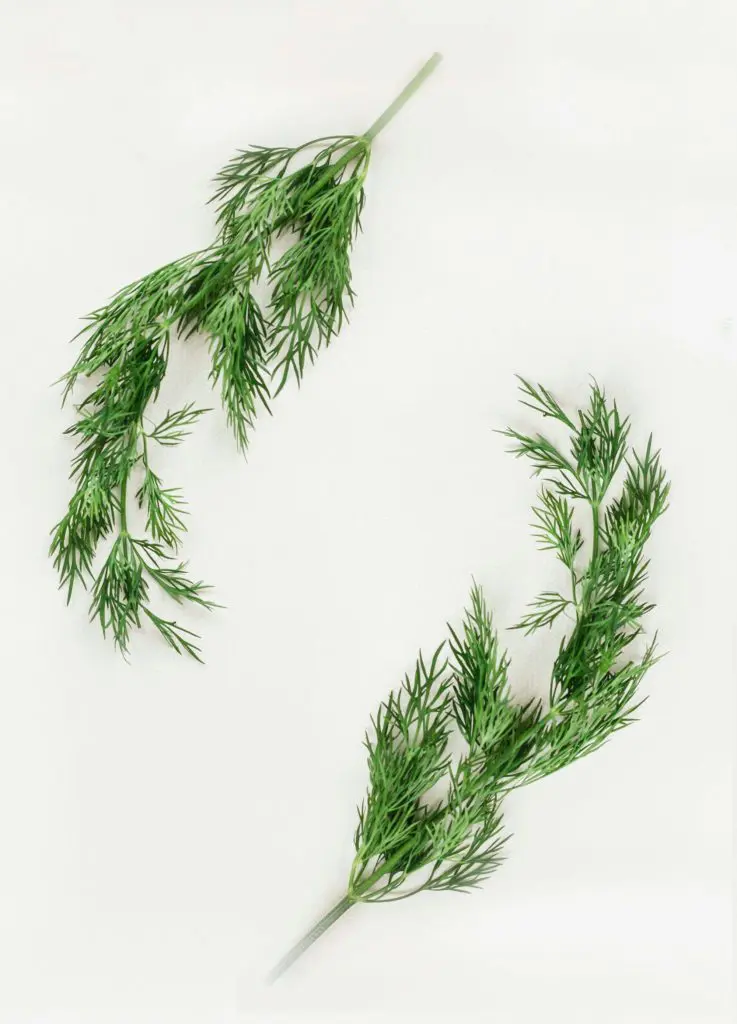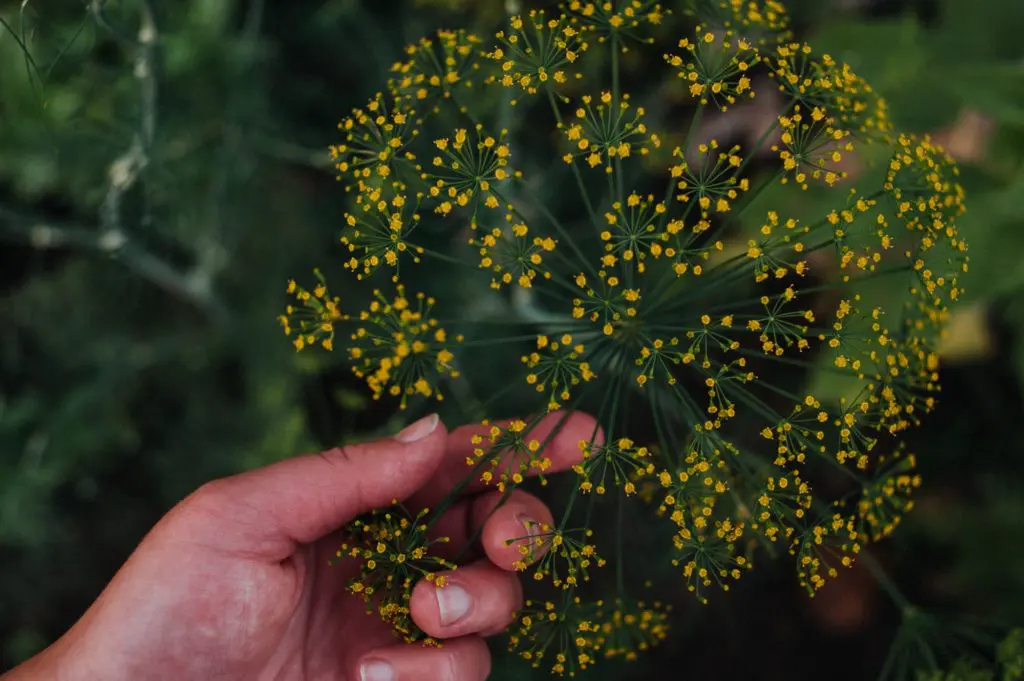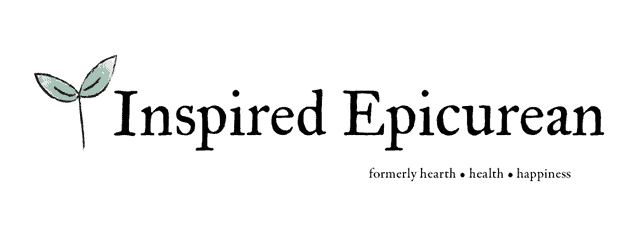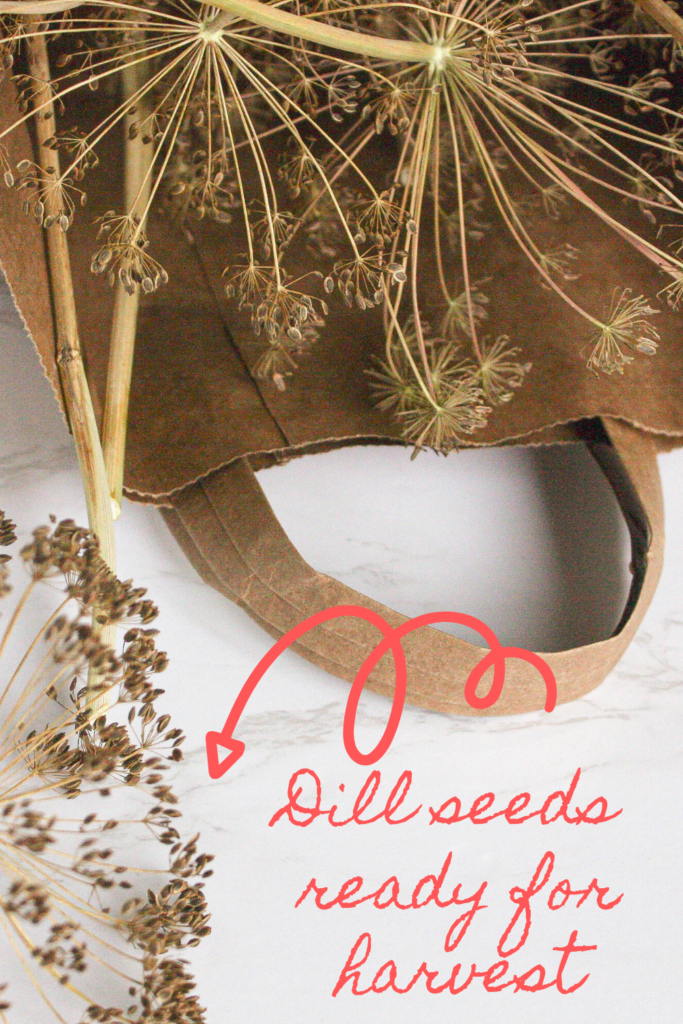
Harvesting Dill (before bolting)
If you're lucky enough to have dill plants growing in your garden, then the opportunity to harness its deliciousness is almost unending. Whether you're seeking garnish for your fabulous deviled eggs (send me some, pleaseeee), or love soups, dill pickles, or salad dressing, you've got tons of options with dill. Veggieharvest.com has a great discussion about options for dill, in addition to growing and harvesting tips. Most people will harvest the leaves of the dill plant throughout it's growing season. If you want to use the leaves after the day you cut them, here are a few items to note:
- Dill can be rinsed, patted dry, wrapped in a damp paper towel within a plastic bag, and placed in a refrigerator bin for about one week.
- As discussed in the countertop herbs post from last week, you can rinse, remove some of the bottom feather-y leaves of the stem and placed in water. It is best to keep dill in the fridge with a plastic bag inverted over the top of the container.
- Feel free to freeze dill sprigs as well - this will help them maintain flavor at peak freshness, lasting about 2 months.

How to Harvest Dill Seeds
First, get ready to have your home smell incredible. Dill is quite aromatic as an herb - on a good day. Once the plant bolts and starts to produce seeds? Now that is all kinds of something special. Harvesting dill can be done as it grows, which will promote growth. Harvesting dill seeds on the other hand means that you'll have plenty of baby dill plants to propogate next spring. And we're all about some baby dill plants (which IS the official term, btw. Kidding.).
When an herb bolts, that means that it is shifting its energy into seed production. This typically happens when temps warm up, the plant grows quickly, and it starts to get concerned about making itself live on through its offspring. The best way to avoid this is to clip off any "heads" that start to form prematurely, cut pieces of the herb for use throughout the spring and summer, and only let it start to product seeds once it approaches the end of its lifecycle (before temperatures become too cold for it to survive.) Once it does officially enter the bolting phase, though, there really isn't much you can do. The flavor from the leaves of the plant diminishes because all energy is going into seed production.
Let the seed heads dry...
If you have patience and time to wait, then you can allow the seed heads to dry outdoors before you cut them and actually harvest the seeds. You do run the risk of a storm or wind scattering the seeds on the ground before you have the opportunity to store them. If you don't mind little dill plants growing in the same area next year, it's fine to let it self-seed. For those who want to use dill seed for pickling or other recipes, though, you will want to cut the seed heads once they brown. If they need to do a little more browning when you cut the stalks, you can put them in a paper bag with some holes or filtered air flow to allow the seeds to dry out a little more. I just used an old Trader Joe's bag to keep them handy.
Once you are ready to harvest the actual seeds, use a paper plate and gently rub the seed heads until it drops seeds on the plate. The paper plate is best because you might get a few creepy-crawlies that fall from the seed head. They have been outdoors after all. Gather the seeds and store them in an airtight container until next spring.
Pro Tip:
Cut the dill heads when dry, not if the surface area is wet from a recent rain or watering. Allow the head to dry for 24 - 48 hours before cutting and beginning the harvesting process.
When to Harvest Dill Seeds
Dill plants have a relatively short lifespan, so many gardeners recommend planting seeds each week until mid-summer to continue to have a crop until winter. If you want to encourage growth of the plant itself, make sure you are harvesting the dill leaves throughout the summer. Once ready for the seeds (mid-late summer), go ahead and let it start the bolting process. The seed heads will be ready for harvest a few weeks after the bolting starts.
Harness the flavor!
Fresh and frozen dill leaves will have the most consistent flavor - drying the leaves causes them to lose some potency.
However, dill seeds that are dried and either used whole or crushed offer a nice potent flavor that most people like to use for pickling, bread, or like bay leaves (adding them to soup and water when cooking).
How do you like to use dill? My sincere hope is that you're able to use ALL of the dill plant to make your dishes extra special. Until next time, cheers to your #hearthhealthhappiness!



Leave a Reply